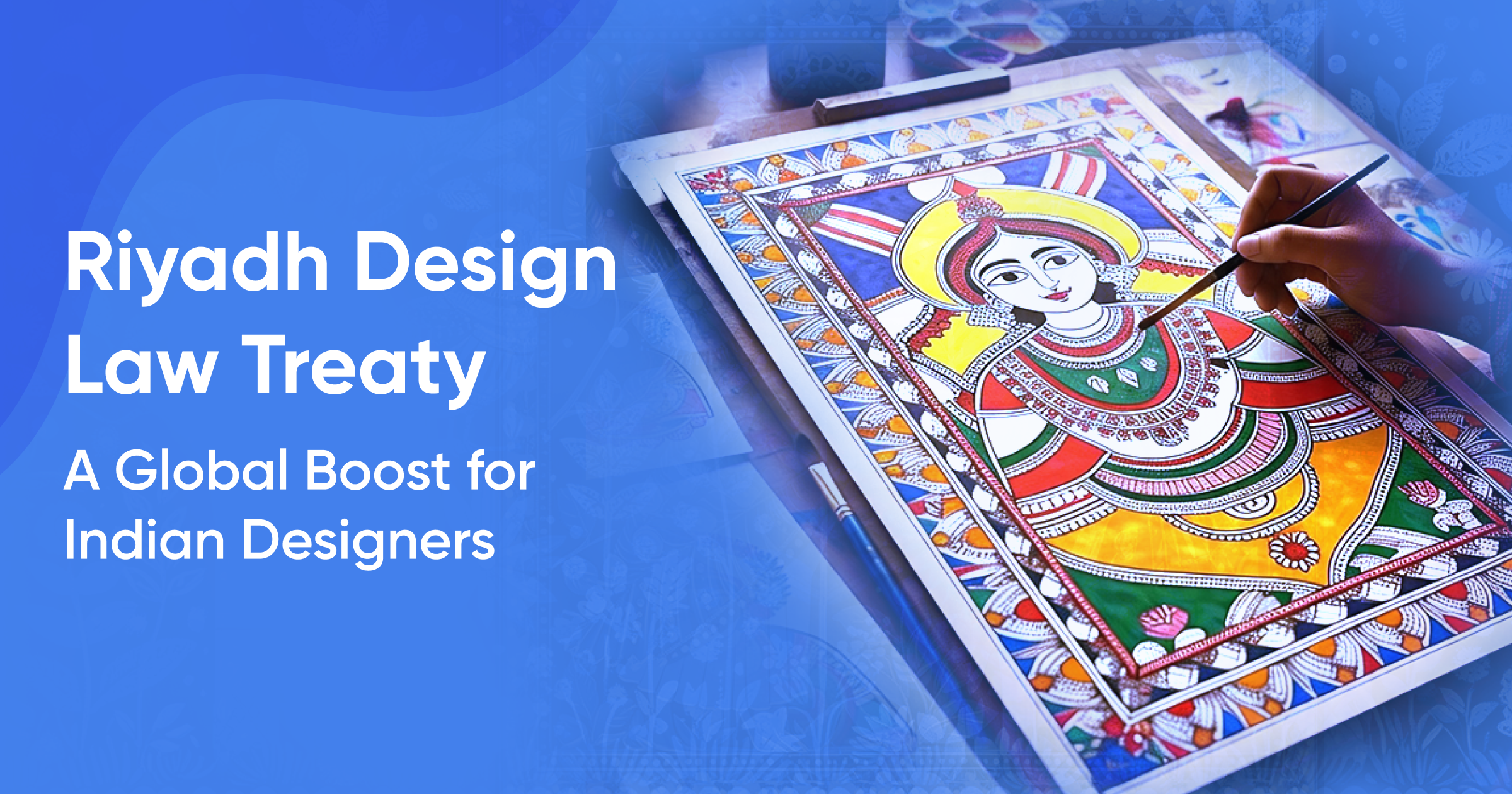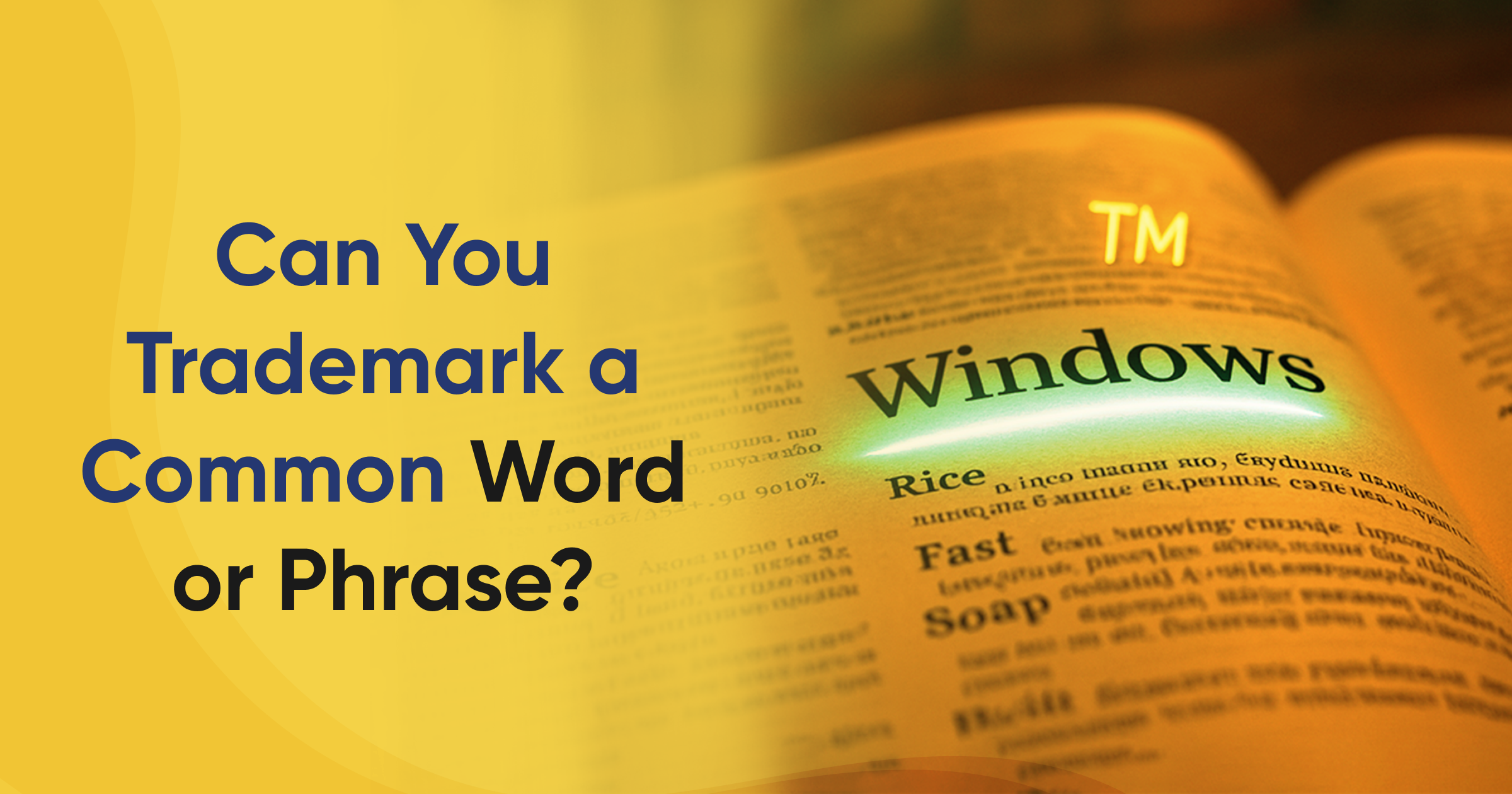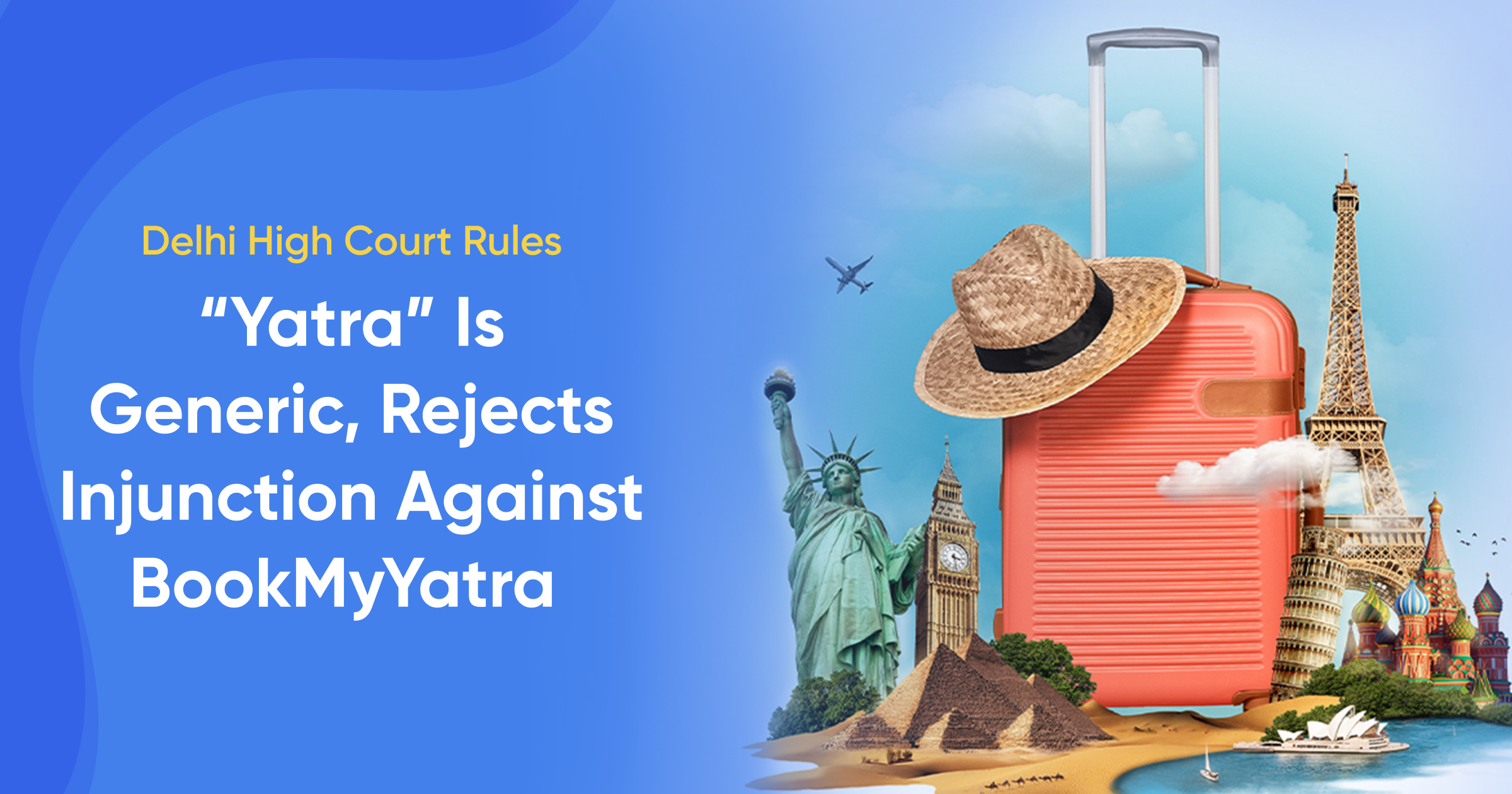After nearly two decades of back-and-forth, the world finally found common ground. In 2024, the World Intellectual Property Organization (WIPO) brought its member countries together to sign something big - The Riyadh Design Law Treaty (DLT). A global pact. A new rulebook. A turning point for how the world protects industrial designs. And yes - India was there.
But we didn’t just add our name to the list. We made a promise. To support the people who create. To stand behind our designers, artists, and innovators. To help our startups, SMEs, and local businesses grow beyond borders. By signing the Final Act, India showed the world that design isn’t just a visual asset - It’s a strategic advantage. And it deserves to be protected, shared, and respected across countries.
What does the DLT actually do?
Think of the DLT as a universal shortcut for protecting your designs. Until now, if you were an Indian designer trying to protect your work in five different countries, you had five separate battles to fight.
Five sets of rules. Five deadlines. Five applications. Five chances to make a mistake. That’s not just stressful. It’s expensive. And it slows innovation. The DLT changes that. It creates a common rulebook for all countries that sign it. That means everyone follows the same steps. No surprises. No guesswork. With the DLT, you get:
- One system to register in multiple countries
- Standard forms and simplified paperwork
- Less red tape and fewer delays
- More control over your design rights
And here’s the best part - This treaty wasn’t built just for the big players. It was made for startups, small businesses, independent creators, and anyone with an idea worth protecting. If you’re building something original, the DLT makes it easier to own it globally - without drowning in legal forms.
So, what’s new under the DLT?
The Riyadh Design Law Treaty isn’t just a minor update.
It brings real changes - especially for designers, startups, and small businesses.
1. Relief for missed deadlines
Deadlines get missed. Life happens. Under the DLT, missing a date or forgetting a fee doesn’t mean you lose everything. Now, you can:
- Request extra time from the design office
- Ask for reinstatement of your rights if the delay was accidental or unintentional
In short - one small mistake won’t cost you your design.
2. One application, many designs
Have more than one design to register? You no longer need to file them separately. The DLT lets you:
- Group similar designs into one application
- Split them later (called “divisional filings”) without losing your original date
It’s easier. It’s faster. And it saves money.
3. Easy updates and corrections
Made a typo in your form? Transferred ownership of your design? No problem. The DLT makes it easy to:
- Fix errors in your application or registration
- Record a new owner or license holder with fewer steps
No court orders. No extra complexity.
4. You control the timing of publication
Want to keep your design private for a little while? Under DLT rules:
- You can delay publication for up to 6 months
- You choose when to publish during that time
This is great if you’re still testing the market or planning a big launch.
5. Grace period for public disclosure
What if you showed your design in a pitch or exhibition before filing? Relax. The DLT gives you a 12-month grace period. As long as the public disclosure:
- Came from you, or
- Was someone authorized by you
You can still file and keep your rights intact.
6. Fixing priority claims
Filed late and missed the chance to claim priority from an earlier design? Under the DLT, you can:
- Add or correct your priority claim
- Restore it if the delay wasn’t on purpose or if you took reasonable care
This helps maintain your place in line - even when things don’t go perfectly.
7. Protect just part of a product
Designs aren’t always about the whole thing. Sometimes, it’s just the handle, the zipper, or a specific pattern you want to protect. The DLT allows partial design protection, as long as your country supports it.
8. Recognition of traditional knowledge
India is full of heritage. From tribal art to ancient motifs, design is culture. The DLT lets countries:
- Ask for details about traditional elements used in a design
- Ensure these elements are protected from misuse
This means more respect - and more legal power - for traditional art forms.
Why this matters for India
The DLT isn’t just about paperwork and procedure. It’s a real opportunity for Indian creators to step onto the global stage - with confidence.
Designers get global protection - without the struggle
Before the DLT, Indian designers had to deal with different rules in every country. That meant more time, more money, and more legal confusion. Now, with one clear system, Indian designs can be protected internationally - faster and with fewer roadblocks. You can file design applications locally through the Design Office of India, which will align with the DLT as India implements the treaty.
Filing costs drop
With simpler forms, shared procedures, and fewer separate filings, the overall cost to register and manage your designs comes down. Designers can now:
- File once for multiple countries
- Avoid extra legal help for small fixes
- Save money without cutting corners
That’s a big deal - especially for small creators.
Startups and SMEs get a real edge
India is home to thousands of design-driven startups - from furniture brands to sustainable packaging to handmade toys. With support from Startup India and the SIPP scheme, the DLT gives these businesses a direct path to protect and grow their designs globally. It’s no longer just big corporations that can go international.
Traditional art gets the respect it deserves
From Madhubani paintings to Kalamkari fabrics, India’s design heritage runs deep. The DLT lets countries like India require disclosure of traditional elements in designs. This helps protect our culture from misuse - and gives legal weight to community knowledge.
Our traditions aren’t just history - they’re protected assets now.
India becomes a design hotspot
By aligning with the DLT, India sends a message to the world:
We care about design. We support innovation. We’re ready for global partnerships. This builds investor trust, invites foreign collaboration, and helps India rise as a key player in the international design economy.
Shielding India’s design future
India’s decision to sign the Riyadh Design Law Treaty isn’t just a legal move. It’s a bold step forward for our design economy, our creators, and our culture. It shows that India is ready to lead - not just follow. We’re not just watching the world evolve. We’re shaping it with our ideas. By joining the DLT, India sends a powerful message:
- We believe in our designers.
- We stand behind startups, SMEs, and solo creators.
- We value innovation - not just in words, but in action.
- And we want our creative minds to compete and succeed globally.
This treaty is more than an agreement. It’s a promise - that India will protect the originality, effort, and brilliance behind every design. Because when design is protected, creativity grows.
And when creativity grows, so does India.
From local sketches to global shields
The Riyadh Design Law Treaty is more than just another international agreement. It’s a blueprint for how the world will protect creative ideas from here on out. It makes design registration simpler, faster, and finally fair for startups, SMEs, and independent creators with flexible deadlines, fewer forms, and stronger rights across borders. It also brings global respect to traditional Indian designs - protecting the patterns, motifs, and meanings that carry centuries of culture.
And most importantly, it shows that India is ready to lead - not just in tech or trade, but in design innovation. But knowing the law isn’t enough. You still need someone to help you navigate it. At Trademarkia, our
are here to help. We guide you through India’s design filing system and international treaties like the DLT - so your ideas stay protected wherever they go. From fixing applications to fighting infringement, we handle the paperwork while you focus on what you do best - creating.







